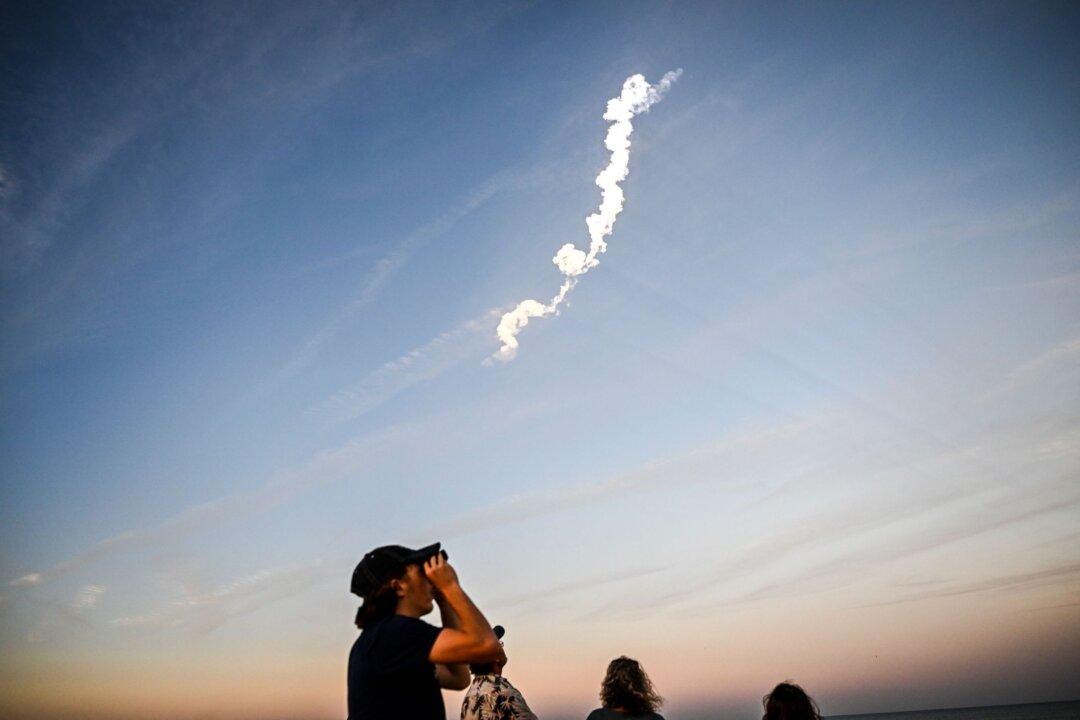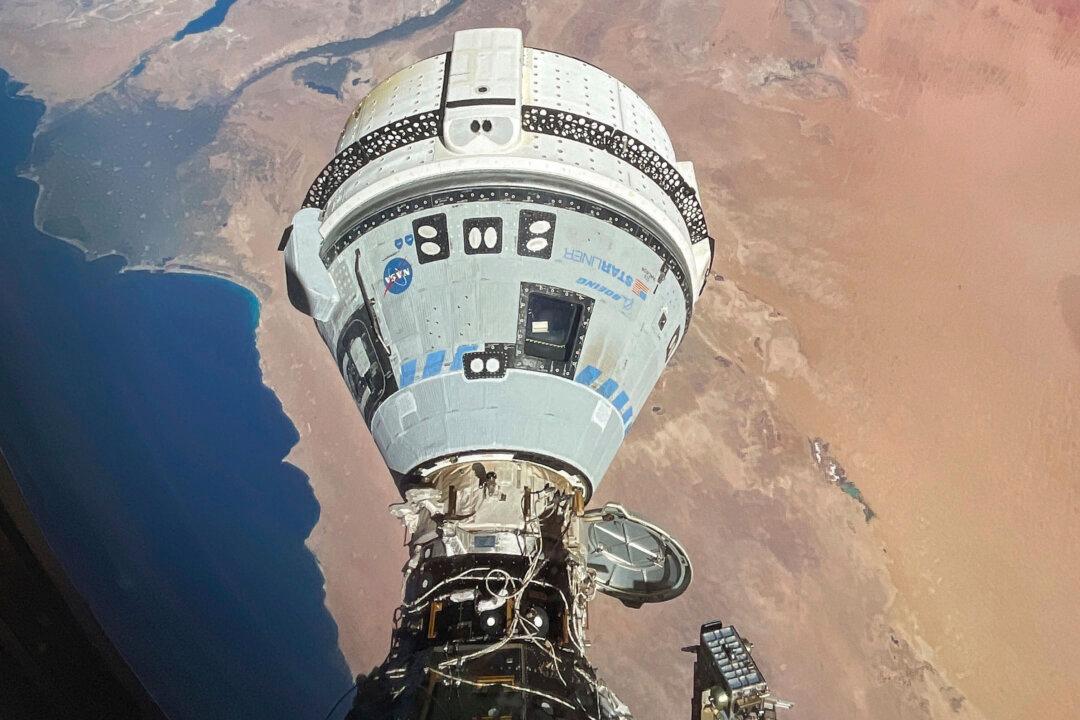Scientists using a low-frequency telescope in Europe observed that SpaceX’s satellites were emitting a radio frequency via their onboard electronics that can interfere with astronomical observations.
According to a study’s press release published in the Astronomy and Astrophysics academic journal, scientists used the LOFAR telescope in the Netherlands to detect any low-frequency radio waves that could interfere with radio astronomy, or in other words, with astronomical observations based on receiving faint radio signals from outer space.





